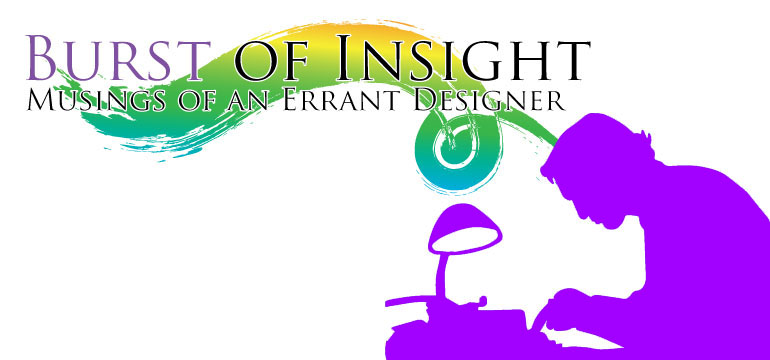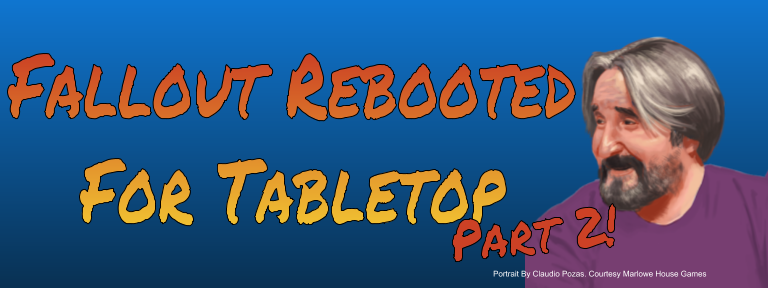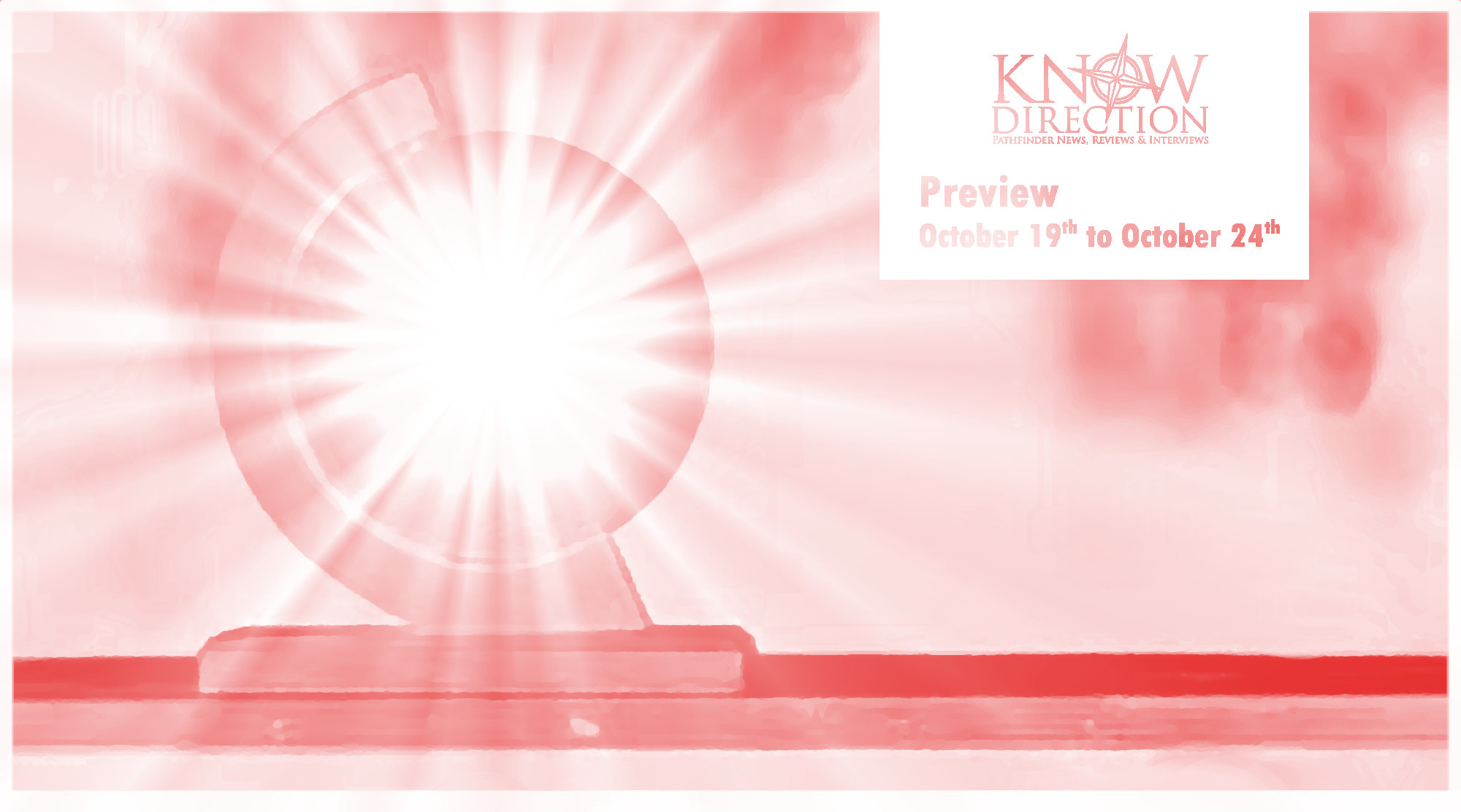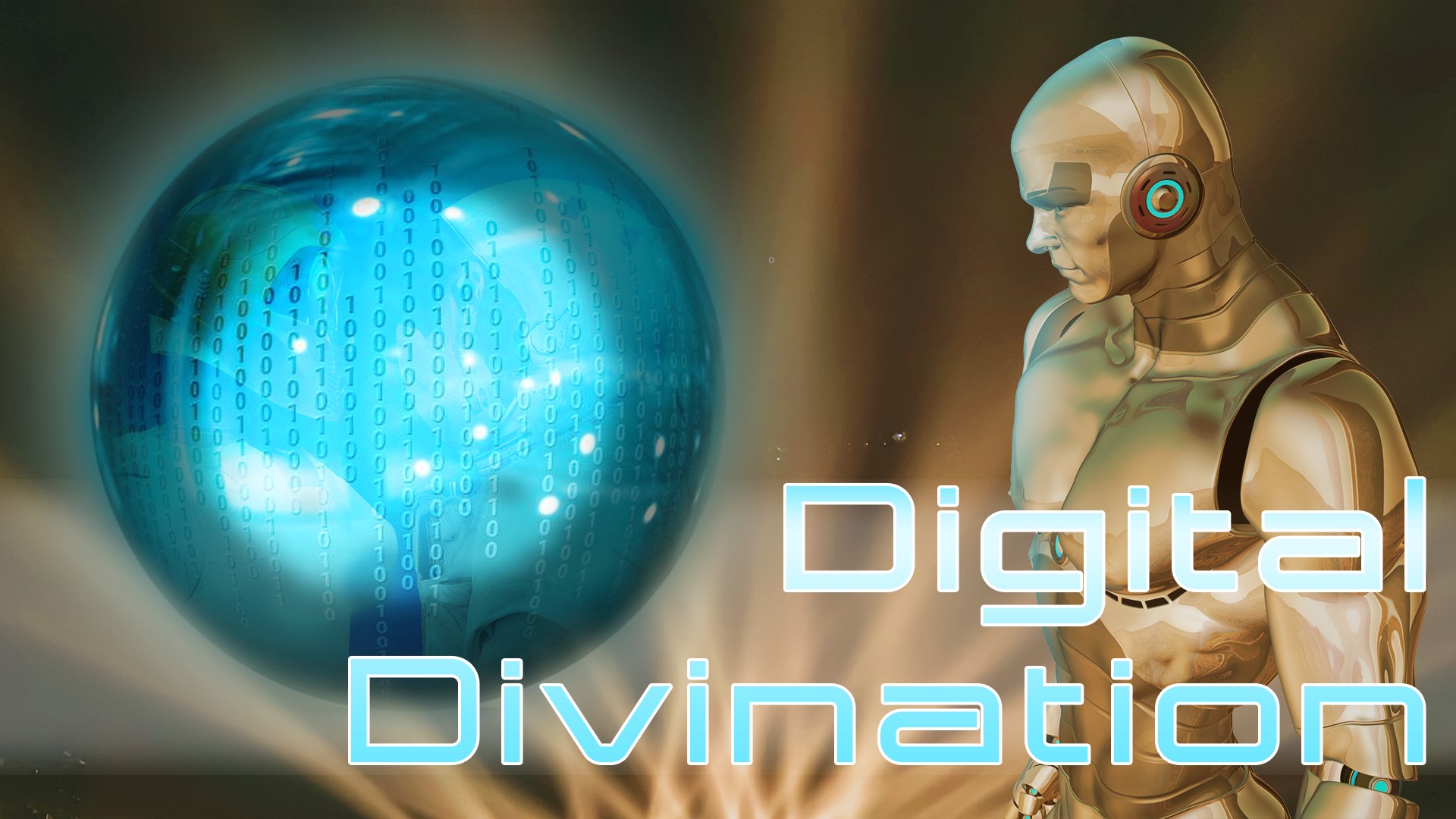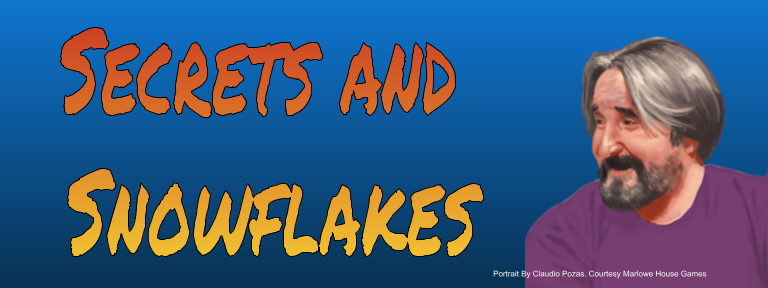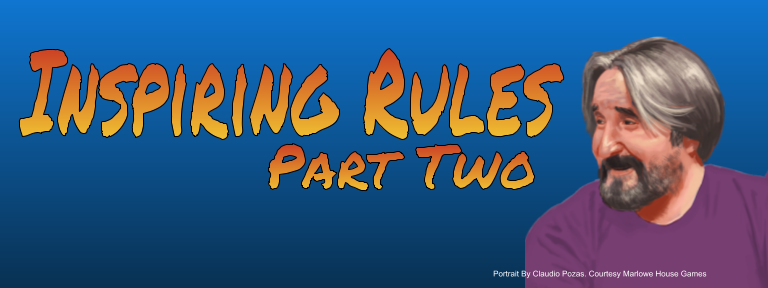We’ve been talking reboots, specifically a Fallout reboot to tabletop. Whether you are running the new Modiphius Fallout RPG or like me are planning on hacking your system of choice to deliver an authentic feeling campaign through the Commonwealth I hope my efforts through this Burst of Insight series help. This week I want to talk about the structure underpinning my campaign and how I’m getting started planning.
Way back in Dragon issue 293, the magazine ran an article by Robin D. Laws that has been a touchstone of my campaign planning for nearly twenty years called “T.V. Structure, NEXT WEEK on an All New Episode of . . .” The article helps lay out an episodic campaign framework that I feel would work very well for a campaign based on rebooting a video game. Like episodic television shows video games such as Fallout contain easily compartmentalized quests that can become the focus of a single session or short series of sessions.
Mr. Laws sets down a few basic guidelines to get a GM started: Decide on a formula, a theme, tone, and your production design and use these elements to put together to form your campaign bible. I’ll talk about how I’m approaching each of these elements for my hypothetical campaign through the Wastelands.
Formula
Your formula is supposed to be just a couple of quick sentences to explain what the characters will do each session. For the Fallout Reboot I decided to borrow the kernel of an idea that Owen K.C. Stephens has been talking about on his blog. He’s recently begun a Fantasy Age campaign in which the PCs all belong to an adventuring guild called The Intrepideurs. There are a number of benefits to this sort of frame work: it’s flexible, a GM can run a session no matter how many of the player’s show up it’s also simple and the, “why would my character do this,” question is hard-baked into the campaign’s premise. Which is something I’d like to tap into.
So my formula is: The PCs are all members of the Minutemen based in the settlement of Sanctuary Hills. They are tasked with protecting their settlement and the helpless of the Commonwealth.
Like Owen, I end up with a framework of small groups going out and doing difficult and dangerous things—with the added benefit of a home-base and friends and families to protect.
Theme and Tone
Your theme is a broad (preferably simple) idea that your campaign will explore. In rebooting Fallout 4, I thought a lot about the surface themes of coming home, family, rebuilding, and what defines humanity but my research led me to a video from one of the game’s lead developer Emil Pagliarulo that pinpointed the theme in the video, “At its core Fallout 4 is about androids that look like humans. Okay. And so,” he continues, “. . . the most important theme in Fallout 4 is Suspicion. Who is this person sitting next to me? Are they human? Do they want to do me harm?” He goes on to ask additional questions “Am I human?” and “What are my motivations?”
I think if I’m going to accurately reboot Fallout 4 for tabletop I need to lean into that theme of suspicion and dress it in the surface themes we identified: Home, family, rebuilding, and redefining humanity, as well as the colorful tropes common to all the Fallout games.
Which brings us to Tone. Now, Robin D. Laws’ article tells us, “The tone is the mood you want to establish: Do you want a lighthearted romp or a grisly horror show? The tone might be obvious from the theme you decide on, or it might need further elaboration.” Fallout has a pretty specific set of tones. First we have a setting set in the ruins of a gleaming nineteen-fifties future. Like the patina of rust on an muscle car shows us the hard steel beneath the once candy apple red gleam of the car’s hood; the crumbling ruins of the Commonwealth reveals the hidden dystopia beneath the optimistic utopian veneer carefully painted and polished by the likes of Vault-Tec and Nuka-Cola.
And like that gleam versus decay, contrasting tones abound in Fallout. Upbeat music about dying in a nuclear holocaust, the cheerful humor of Vault boy and the other corporate mascots juxtaposed with the countless images of tragedy and betrayal. So our primary tone is one of grim humor.
Production Design
In the Dragon Magazine article. We are reminded that even in the earliest stages of a TV shows production the show’s creator needs to establish a look for the series. Mr. Laws then encourages GMs to fill their campaign bibles with text and images that will fire the player’s imaginations. Particularly in areas their characters will spend a lot of time. In rebooting a video game we have a huge advantage when it comes to production design over building a homebrew campaign from scratch. There are thousands of Fallout 4 screenshots online, countless maps, character close-ups, and fan-art.
My PCs will be based in Sanctuary Hills but for my campaign the region will be a collection of three VG canon locations. Sanctuary Hills is the neighborhood suburb, the nearby vault 111 and the Red Rocket. The Red Rocket will be a forward fort guarding the road to the main portion of the settlement. While the vault serves as secure extra provisions storage and a safe fall back point in case of emergency. So I’ll collect appropriate art for each of those sites as well as art for key NPCs. Now I like “casting” actors in my NPCs roles so I may do side by side images of actors I want for certain roles and images of those character from the videogame.
With these starting concepts laid out in a rudimentary campaign bible I can start to get to work laying out the actual campaign plan so come back in two weeks as I continue to develop my Fallout campaign plan.